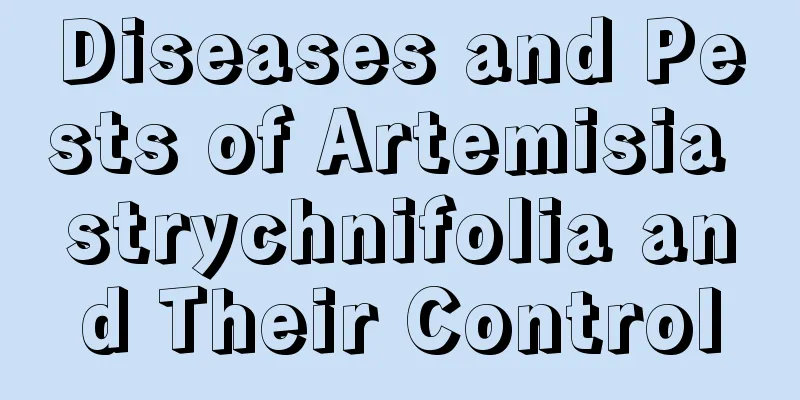Diseases and Pests of Artemisia strychnifolia and Their Control

Anthracnose damageThe cause of anthrax is Bacillus anthracis. In addition to plants, many animals can also be infected with Bacillus anthracis. For plants, the most susceptible seasons are spring and summer when the weather is relatively warm. At this time, not only is the temperature suitable, but the humidity is also moderate. Although the Sterculia sterculia will grow well, Bacillus anthracis will also multiply rampantly. In the early stages, only individual leaves will wither and fall off, but in the later stages, the withering will be more serious, and even the entire Sterculia sterculia will suffer irreversible damage. Therefore, if you encounter anthrax, you must treat it. The harm of Artemisia serrataPsyllids are relatively small and active, and are very harmful to plants. Compared with adults, larvae are less harmful, so prevention and control should be done as early as possible. Psyllids on the Sterculia tree will feed on the phloem of the plant and inject toxic substances, seriously affecting the growth of the plant. Prevention and control methods of diseases and pests of Artemisia serrataThe prevention and control methods of anthracnose and psyllid disease are similar. First of all, early prevention is relatively simple. In late winter, before spring comes, clear the diseased flowers, dead leaves and fruits inside the garden, and at the same time eliminate some insect eggs to prevent the large-scale reproduction of pathogens and the growth of insect eggs in spring. On the other hand, you can add fertilizer to the Sterculia to improve its own immunity. Finally, when anthracnose is more serious, it is necessary to spray drugs regularly, but it should be noted that the drugs sprayed for psyllid disease and anthracnose are different, and the proportions of the drugs are also different. To add, the method of pest control is to attract some natural enemies. This method is environmentally friendly and simple, but it is only suitable when there are relatively few psyllids. |
<<: Common diseases and pests of jasmine and their control methods
>>: Common diseases and pests of pitcher plant and their solutions
Recommend
How to grow lotus in a water tank
1. Choose a water tank Transparent water tanks ar...
How to grow blue snow flower? How to prune?
The blue snow flower is loved for its lush flower...
What is the use of red tassel flower
Introduction to Red Tassel Flower The red twig is...
Cultivation methods and precautions of Jingye
1. Soil The soil requirements for the nightshade ...
How to propagate ginkgo and what to pay attention to
Ginkgo propagation method The main ways of propag...
How to cultivate Bletilla striata
1. Maintenance methods 1. Temperature: Bletilla s...
What to do if the daisy leaves wilt
1. Reasons 1. Improper moisture If it wilts, it m...
Why doesn't the ball orchid bloom?
Flowering period of Hoya Hoya blooms in midsummer...
When does peach blossom bloom?
1. Flowering period The flowering period of peach...
Can the Dripping Guanyin be placed in the bedroom? Is it poisonous?
1. Can it be placed in the bedroom? It can be pla...
How to plant Phoenix bamboo seeds
Soil selection Phoenix bamboo likes sandy culture...
What plants should be placed in the living room to bring wealth and good health to the whole family?
1. Lucky Bamboo Lucky bamboo itself is very beaut...
What to do if the leaves of Hibiscus truncatum turn yellow
The watering of small hibiscus should be appropri...
How to grow boxwood bonsai and how to water it in winter
1. How to grow boxwood bonsai 1. Soil: The bonsai...
How many days does it take for green onions to sprout?
Scallions are a common vegetable , especially wid...









